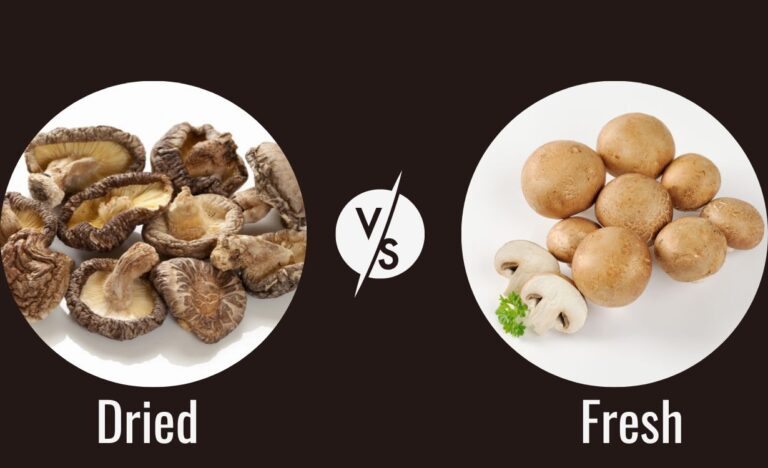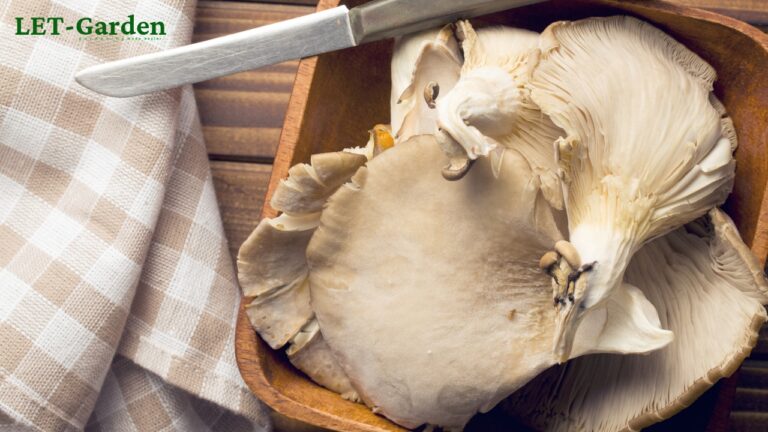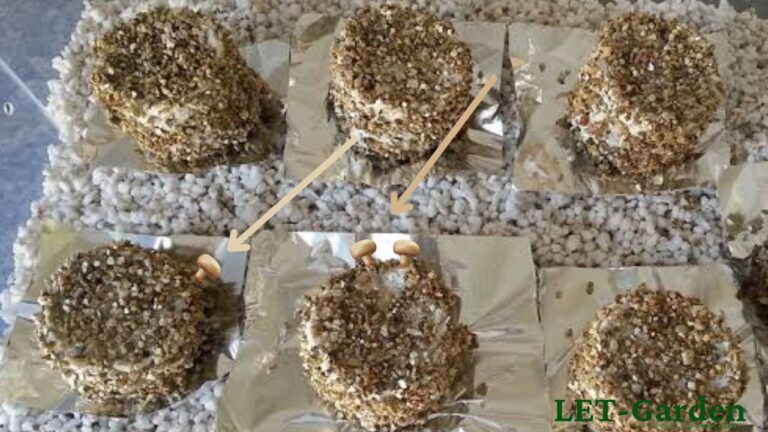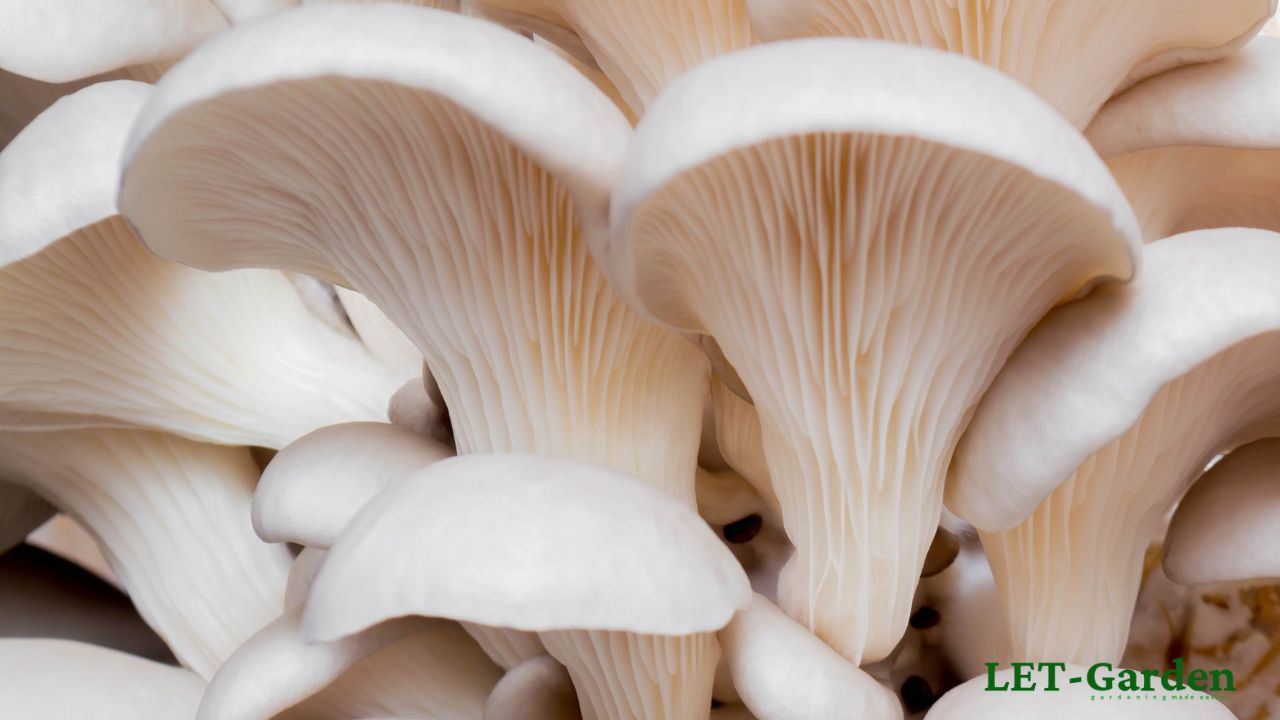
Oyster mushrooms are a delicious and versatile ingredient used in many cuisines. Their delicate flavor and meaty texture make them a favorite among vegetarian and vegan cooks looking for a plant-based alternative to meat.
However, just like any other food item, oyster mushrooms have a limited shelf life and can spoil quickly if not stored properly. As a result, it’s essential to know how to tell if your oyster mushrooms are fresh or not.
In this article, we’ll explore some signs of spoilage to look out for when buying oyster mushrooms and share tips on how to ensure that you’re always using fresh and safe mushrooms in your dishes.
How Can You Tell if Oyster Mushrooms Are Bad?
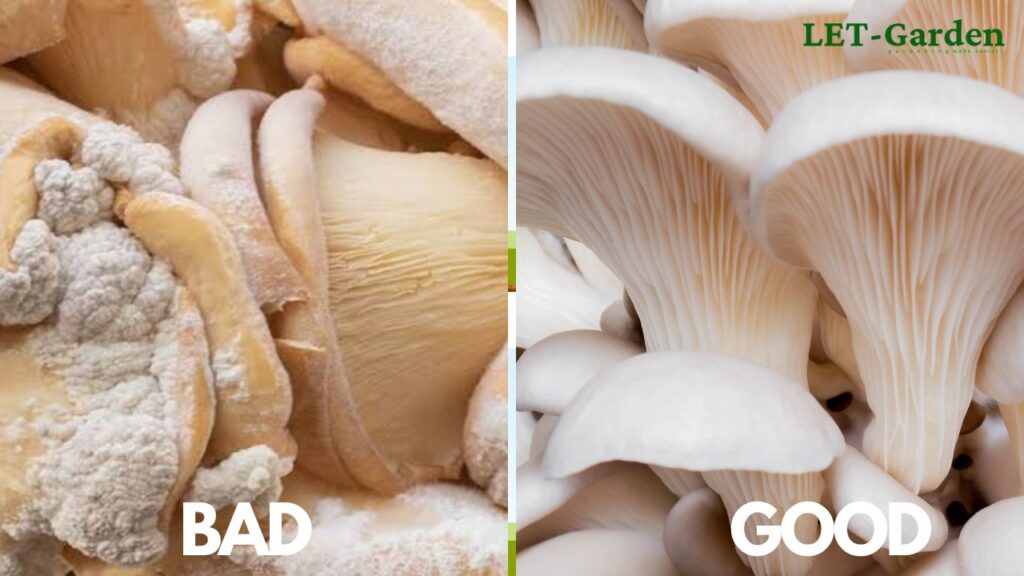
Oyster Mushrooms Types, Common Uses, and Shelf Life
Oyster mushrooms, also known as Pleurotus ostreatus, are a type of edible mushroom that is commonly used in many dishes around the world. They have a delicate and nutty flavor, making them an ideal ingredient for stir-fries, soups, stews, and pasta dishes.
There are several types of oyster mushrooms available in the market, including pearl, blue, pink, and yellow oyster mushrooms. Each variety has its unique taste and texture, with some being meatier than others. Pearl oyster mushrooms are the most commonly found variety and are widely used in cooking.
When it comes to shelf life, oyster mushrooms can last for up to a week if stored properly. They should be kept in a paper bag or a container with ventilation and stored in the refrigerator. Avoid storing them in plastic bags as this can cause them to become slimy and spoil quickly.
It’s also important to note that oyster mushrooms can go bad quickly if not stored properly, and as such, it’s crucial to use them within a few days of purchase to ensure their freshness. By understanding the different types of oyster mushrooms available in the market and how to properly store them, you can ensure that your mushrooms are always fresh and ready to use in your next dish.
Signs of Spoilage in Oyster Mushrooms
When buying oyster mushrooms, it’s essential to know how to spot the signs of spoilage to avoid using mushrooms that may be unsafe to consume. Here are some signs to look out for:
- Mold: Mold is a common sign of spoilage in oyster mushrooms. It appears as a fuzzy or powdery substance on the surface of the mushrooms and can quickly spread if left unattended.
- Slimy texture: As oyster mushrooms begin to spoil, they can develop a slimy or slippery texture, which is a clear indication that they are no longer fresh.
- Discoloration: Discoloration is another sign of spoilage to look out for when buying oyster mushrooms. The mushrooms may turn brown or black, indicating that they are past their prime.
It’s important to note that spoilage in oyster mushrooms can occur in stages, with the signs becoming increasingly apparent as time goes by. As such, it’s crucial to check for any signs of spoilage before use.
Smell Test
One of the easiest ways to tell if your oyster mushrooms are fresh or not is to conduct a smell test. Fresh oyster mushrooms should have a pleasant and earthy smell, while spoiled mushrooms will emit a sour or unpleasant odor. If your mushrooms smell off, it’s best to avoid using them in your cooking.
Touch Test
Another way to check for spoilage in oyster mushrooms is to conduct a touch test. Fresh oyster mushrooms should feel firm to the touch, with a slightly springy texture. On the other hand, spoiled mushrooms will feel mushy and may even have a slimy texture. If your mushrooms feel mushy, it’s best to discard them and purchase a fresh batch.
However, checking for signs of spoilage in oyster mushrooms is crucial to ensure that you are using fresh and safe ingredients in your cooking. By conducting a smell and touch test and checking for any signs of mold, slime, or discoloration, you can ensure that your oyster mushrooms are always at their best.
FAQs on Oyster Mushroom Spoilage Detection

What are the brown spots on oyster mushrooms?
Brown spots on oyster mushrooms are a common sign of brown blotch disease, a bacterial infection that affects almost every species of mushroom. The bacteria responsible for this disease is called Pseudomonas tolaasii, and it produces a toxin called tolaasin that causes brown spots to form on the surface of the mushroom. These brown spots can reduce the quality and shelf life of the mushrooms, and affected mushrooms should be discarded.
Should oyster mushrooms smell fishy?
Oyster mushrooms have a unique aroma that is often described as earthy, woody, or slightly anise-like. While some people may detect a faint fishy or seafood scent, this is not a common characteristic of oyster mushrooms. If your oyster mushrooms have a strong, unpleasant odor, it’s a sign that they may be spoiled and should be discarded.
Can you eat out-of-date oyster mushrooms?
If your oyster mushrooms are just starting to wrinkle and haven’t developed a slimy, smelly, or discolored appearance, they may still be safe to eat, but they won’t be as fresh. It’s recommended to use them immediately to avoid any risks. However, if your mushrooms have extensive wrinkles and look very shriveled, they’re likely too far gone, and it’s best not to eat them.
How long do oyster mushrooms last?
Oyster mushrooms have a relatively short shelf life and can last for 5-7 days if properly stored in the refrigerator. It’s best to store them in a paper bag to allow for air circulation and prevent moisture buildup, which can lead to spoilage. If you don’t plan to use your mushrooms within this time frame, you can also freeze them to extend their shelf life.
Final Thoughts on How to Tell when Oyster Mushrooms Are Bad
Oyster mushrooms are a popular and versatile ingredient used in many dishes. However, it’s essential to know how to identify the signs of spoilage in oyster mushrooms, such as brown spots, off smells, and discoloration, to ensure their freshness and safety. By conducting a smell and touch test, you can determine if your mushrooms are fresh or not. It’s also important to store and handle your mushrooms properly to extend their shelf life. By being mindful when buying oyster mushrooms, you can enjoy their delicious flavor and nutritional benefits while avoiding any health risks.

Hi, I’m Miles, the lead team member behind Gardeem.com. Besides being a passionate grower and writer, I’m a husband, father and grandfather to three! I started Gardeem in 2017 to provide simple and reliable gardening advice to everyone, regardless of their ability levels.

